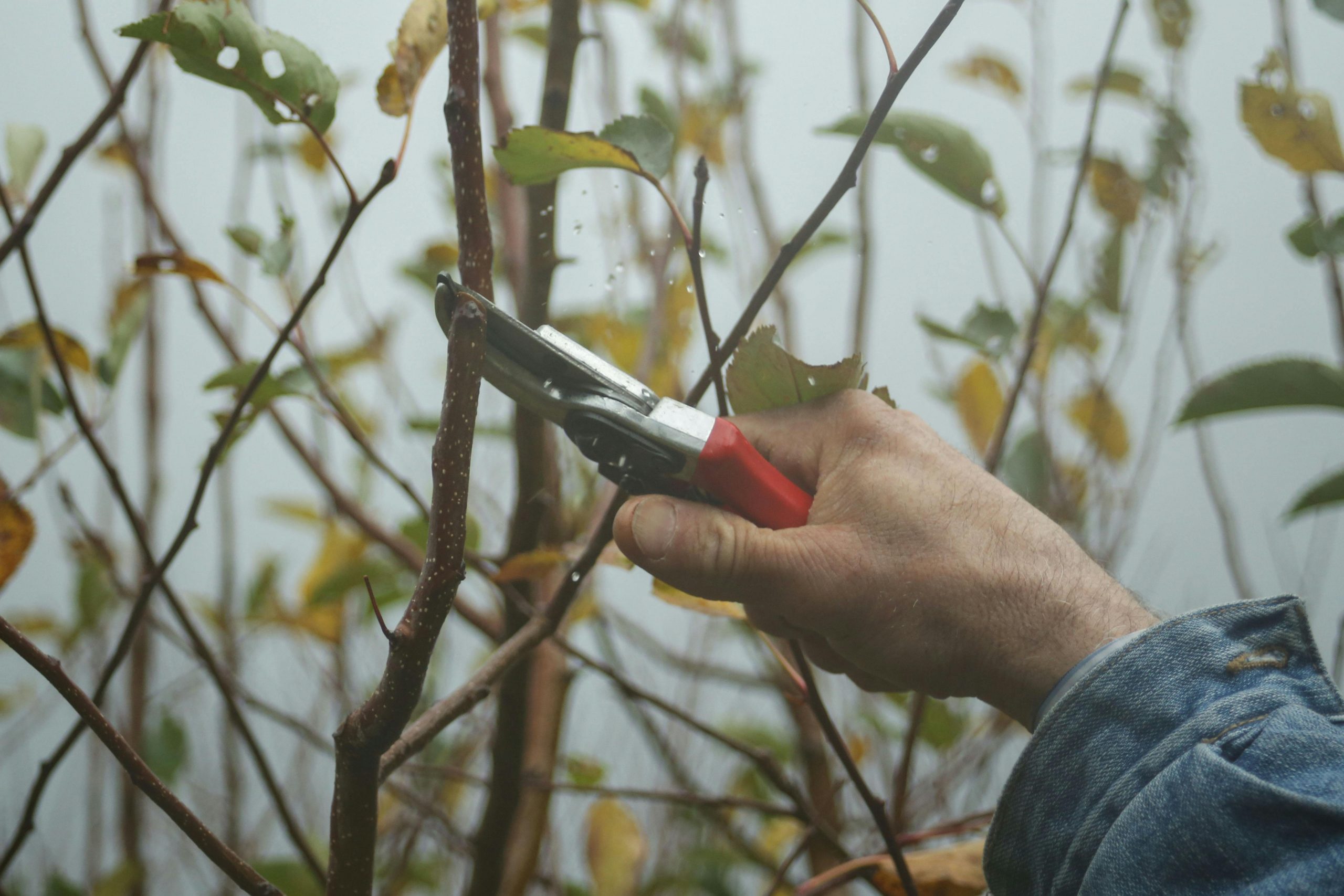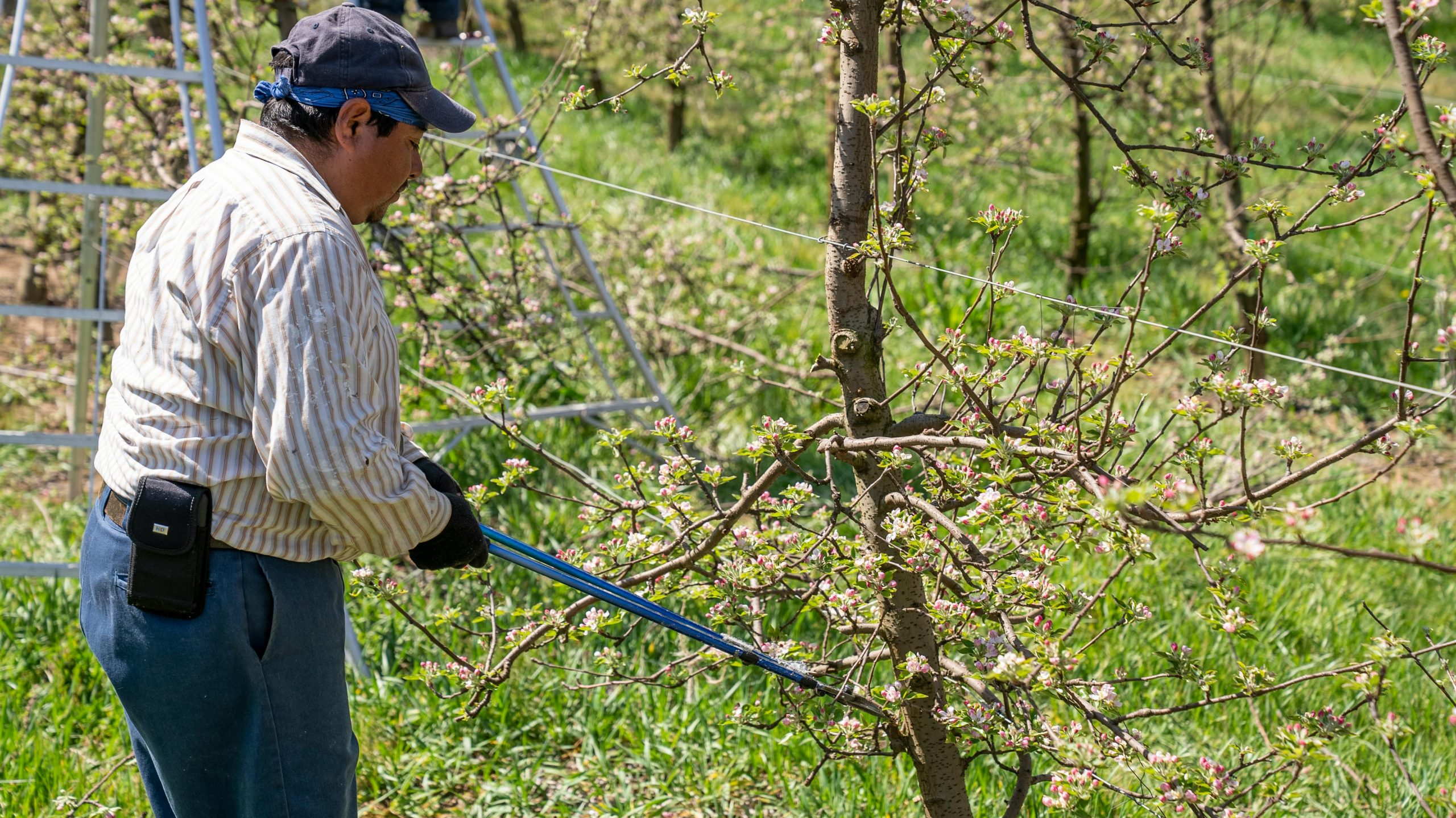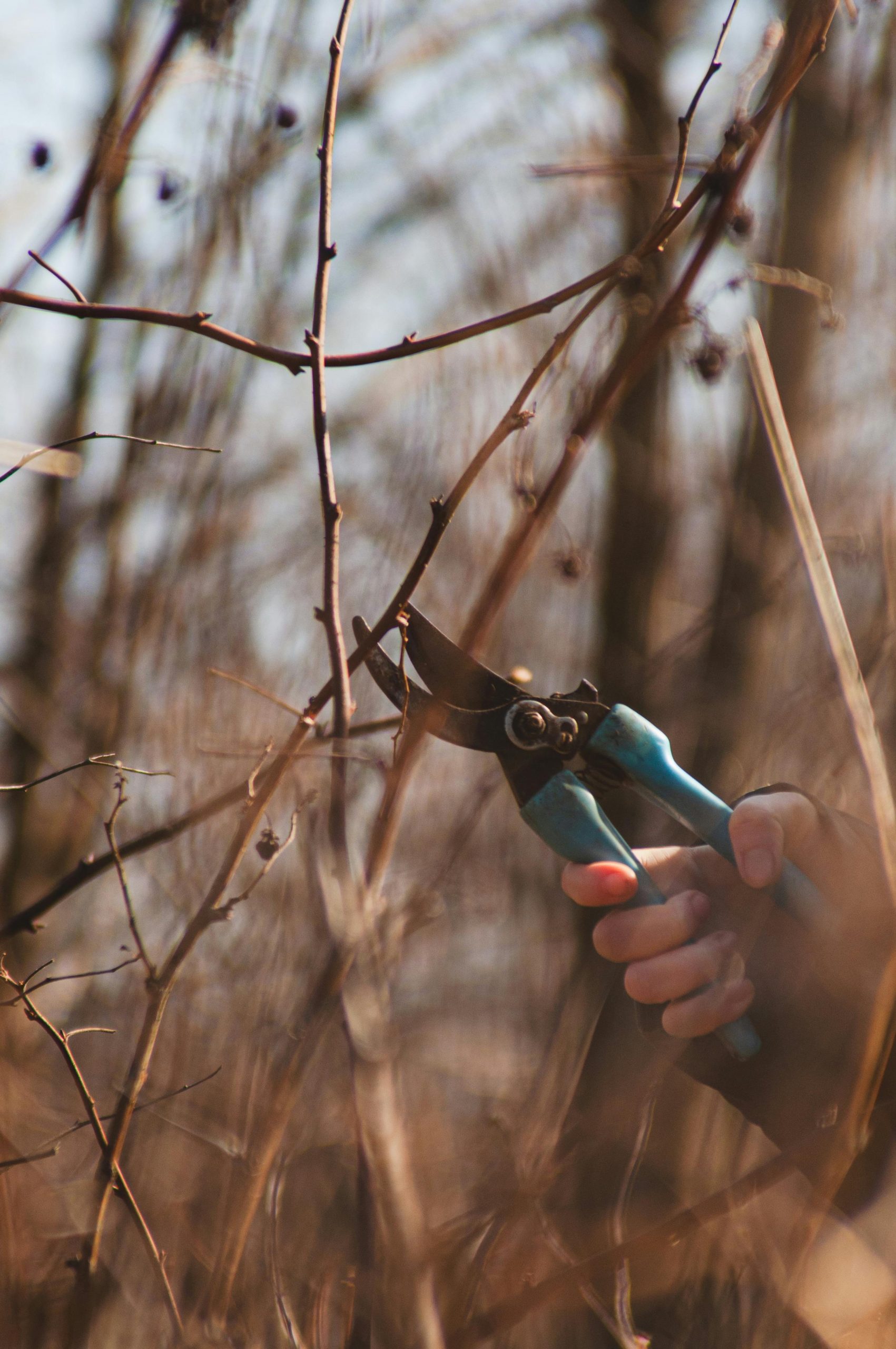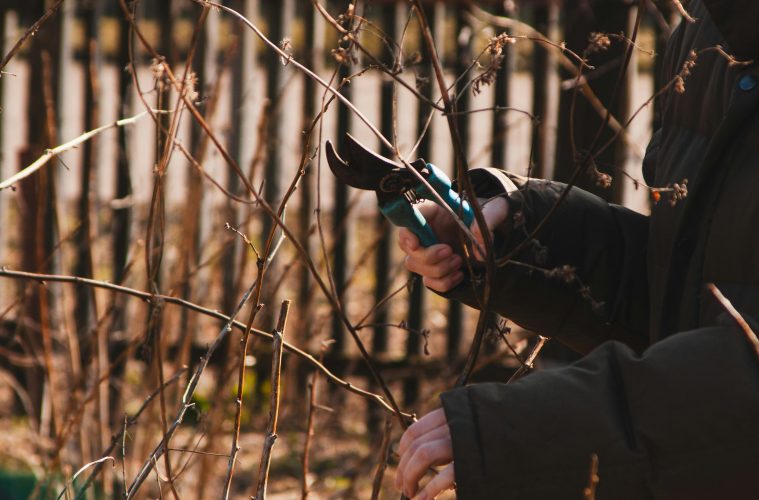While pruning your plants can be intimidating for most people, it doesn’t have to be. If you understand the basics of pruning, you can tackle it with ease. The art of pruning is knowing when to prune your plants.
Every gardener knows that pruning is important. With the right pruning technique, your garden can thrive and continue flourishing.

Image Credit: Pexels
When to prune
It is vital to do some research to understand your plant’s needs. This is to determine when you can prune the plants. But there are a few ways that can help you determine when to prune. The best season for pruning is Winter. Winter time is perfect for performing your cuttings, as it is just before new growth has started to develop.
In winter, most plants lose all their leaves, and the branches are bare. This helps you know where you can begin your cuttings. Always remember that timing is everything. Pruning is to encourage the plant to produce new growth for the upcoming months.

Image Credit: Pexels
How to prune
Knowing where to cut makes or breaks the success of the pruning session. Remember, plants grow back over time, and you want them to continue growing healthier. Generally, avoid cutting in the middle of the stem and just above the bud. Use these few ways to make sure you are pruning the right way:
- Use the thumb rule
- Pick the right spot to prune
- Use the right equipment
- Know how much is too much pruning.

Image Credit: Pexels
Plants to prune in winter
Deciduous plants are best pruned in winter. As they allow you to prune without the risk of destroying healthy branches. After the leaves have fallen, the plant structure becomes easy to see. These are the types of plants to prune this upcoming winter season:
- Birch trees
- Roses
- Apple trees
- Mulberry trees
ALSO SEE: EFFECTIVE WAYS TO MANAGE FROST DAMAGE ON YOUR PLANTS
Feature Image: Pexels

